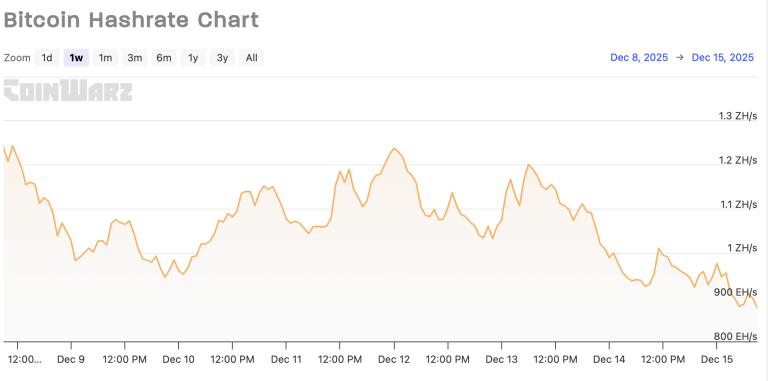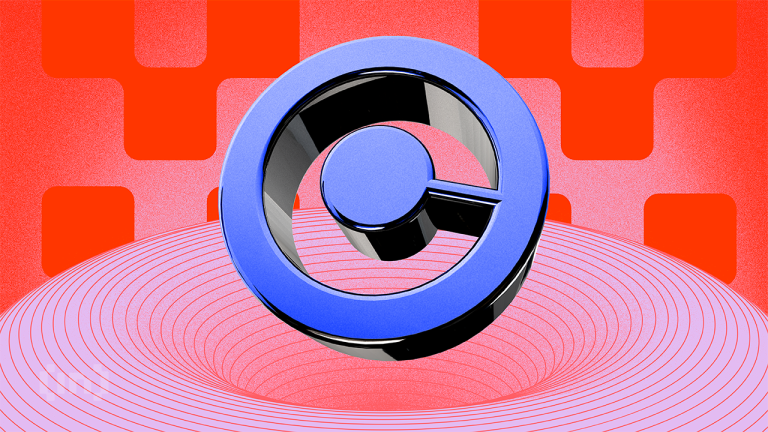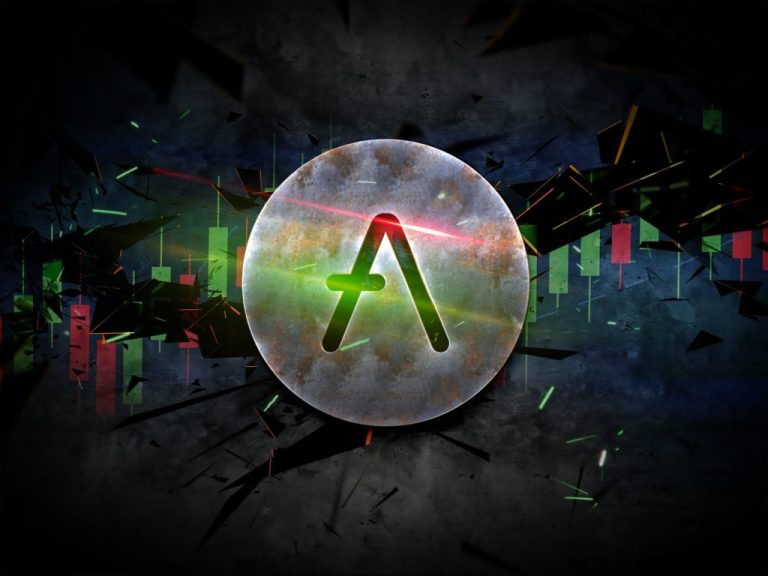
“
The Infinite Universe of Imagination: Beyond Celestial Boundaries
The Infinite Universe of Imagination: Beyond Celestial Boundaries
The infinite universe of imagination is a realm where creativity knows no bounds, and the celestial world is full of endless possibilities. Infinite Universe of Imagination is a concept that has fascinated humans for centuries, inspiring countless works of art, literature, and science. From the vast expanse of space to the intricate details of the human mind, the universe of imagination is a never-ending journey of discovery and exploration.
What is the Infinite Universe of Imagination?
The infinite universe of imagination refers to the vast and unexplored territories of the human mind, where creativity and innovation know no bounds. It is a realm where ideas are born, and possibilities are endless. The infinite universe of imagination is a place where artists, writers, scientists, and explorers come to seek inspiration, to push the boundaries of what is possible, and to discover new worlds and new civilizations.
The Celestial World and the Universe of Imagination
The celestial world has long been a source of inspiration for the universe of imagination. From the stars and galaxies that light up the night sky to the planets and moons that orbit our solar system, the celestial world is full of mysteries waiting to be unraveled. The universe of imagination is where scientists and explorers come to seek answers to the biggest questions of all: What is the nature of the universe? What lies beyond the reaches of our solar system? And what secrets do the stars and galaxies hold? For a deeper dive into this topic, check out Beyond Stars: Where Imagination Takes Flight.
Exploring the Infinite Universe of Imagination
Exploring the infinite universe of imagination is a journey that requires courage, curiosity, and creativity. It is a journey that takes us to the farthest reaches of the human mind, where the boundaries of reality are pushed to the limit. The universe of imagination is where we come to seek inspiration, to challenge our assumptions, and to discover new worlds and new civilizations.
The Role of Art and Literature in the Universe of Imagination
Art and literature have long played a significant role in the universe of imagination. From the works of science fiction writers like Isaac Asimov and Arthur C. Clarke to the paintings of artists like Vincent van Gogh and Salvador Dali, the universe of imagination is full of creative expressions that inspire and challenge us. The role of art and literature in the universe of imagination is to push the boundaries of what is possible, to explore new ideas and concepts, and to inspire us to think beyond the limits of our everyday reality. For more on this theme, visit Galaxies of Dreams: How Imagination Transcends the Night Sky.
The Science of the Universe of Imagination
The science of the universe of imagination is a rapidly evolving field that seeks to understand the workings of the human mind and the nature of creativity. From the study of neuroscience and psychology to the exploration of artificial intelligence and machine learning, the science of the universe of imagination is a multidisciplinary field that draws on insights from a wide range of disciplines. The science of the universe of imagination is where we come to seek answers to the biggest questions of all: What is the nature of creativity? How do we imagine and create? And what are the limits of human potential?
Takeaways
In conclusion, the infinite universe of imagination is a realm where creativity knows no bounds, and the celestial world is full of endless possibilities. The universe of imagination is where we come to seek inspiration, to challenge our assumptions, and to discover new worlds and new civilizations. By exploring the infinite universe of imagination, we can push the boundaries of what is possible, explore new ideas and concepts, and inspire ourselves to think beyond the limits of our everyday reality.






5 thoughts on “The Infinite Universe of Imagination: Beyond Celestial Boundaries”
Comments are closed.